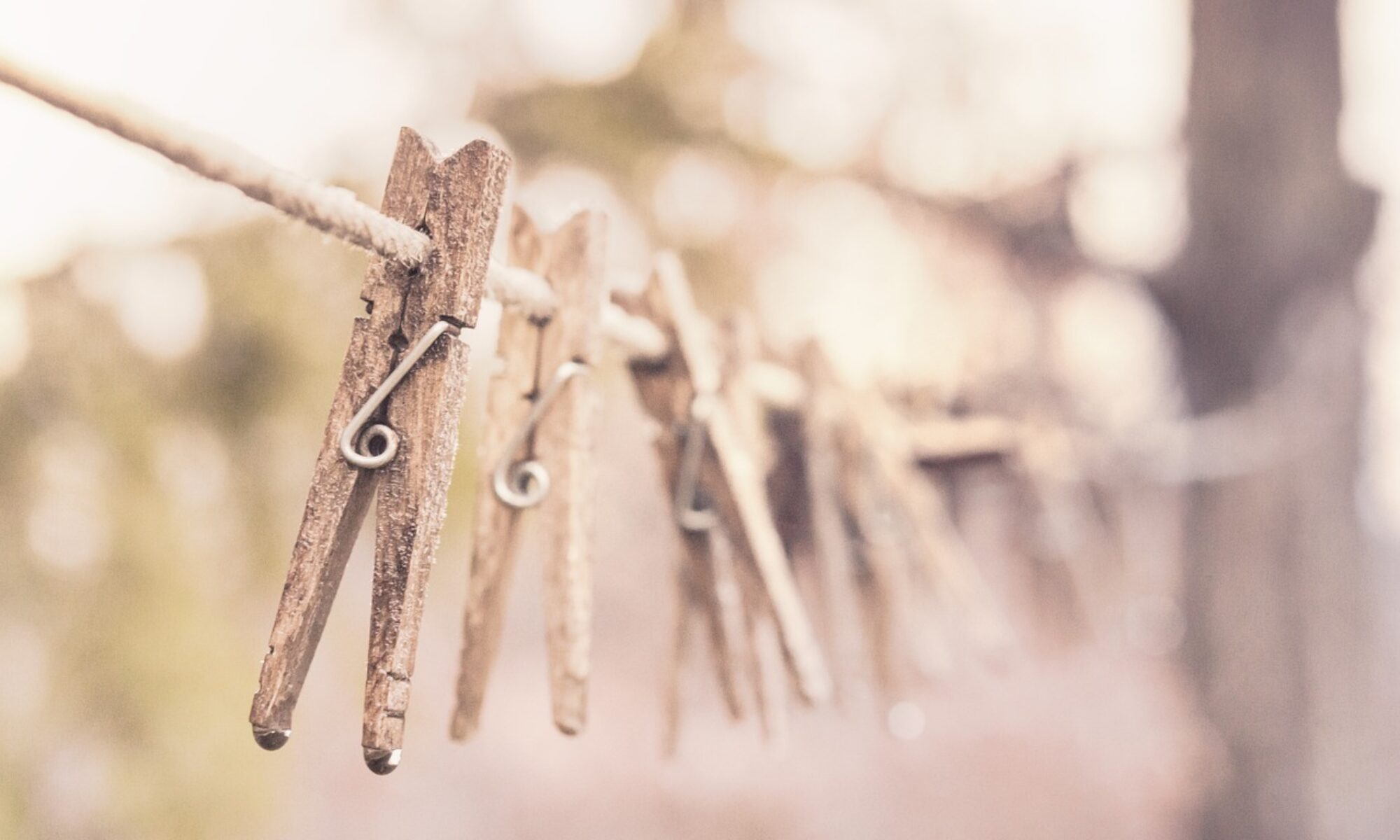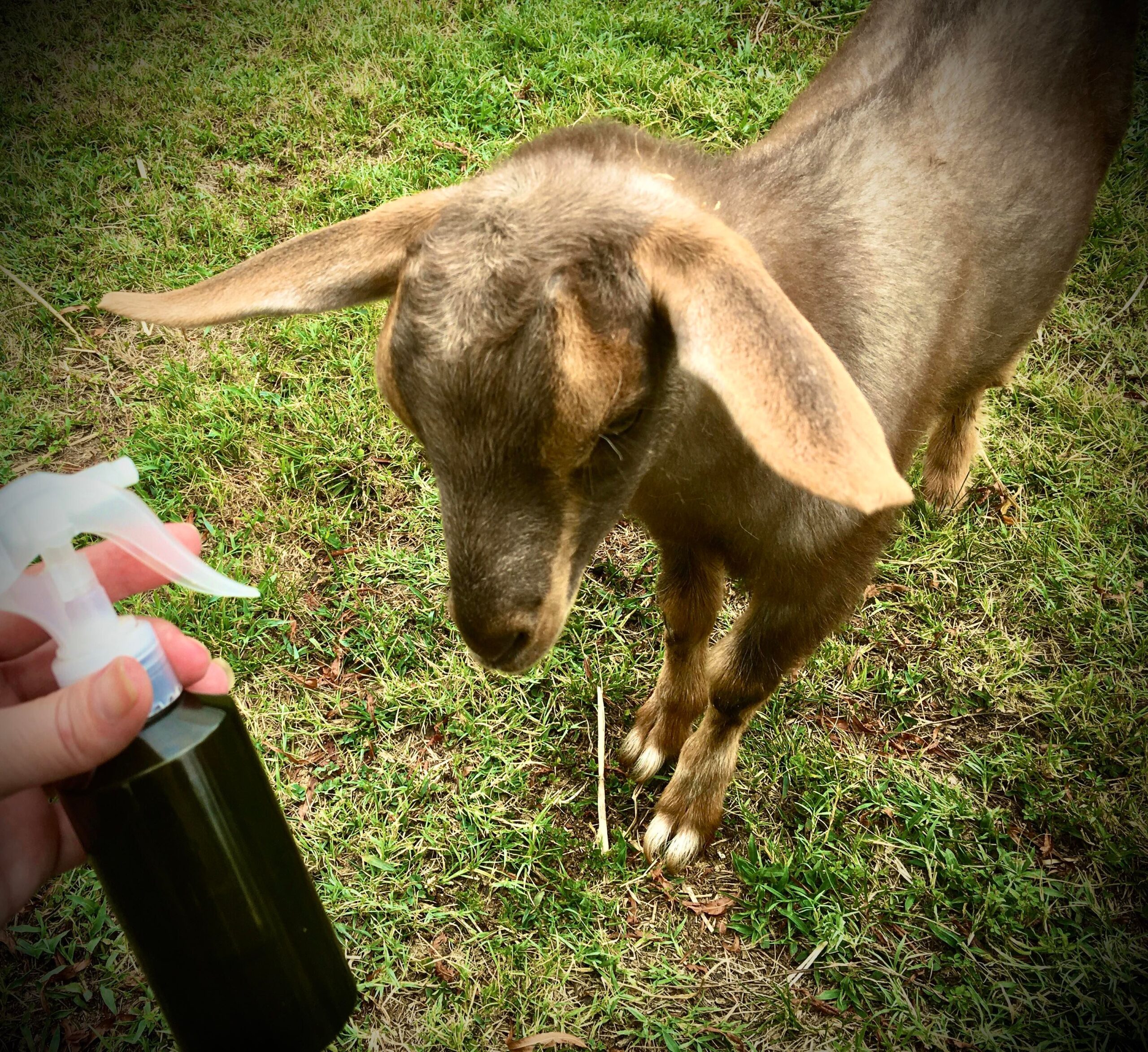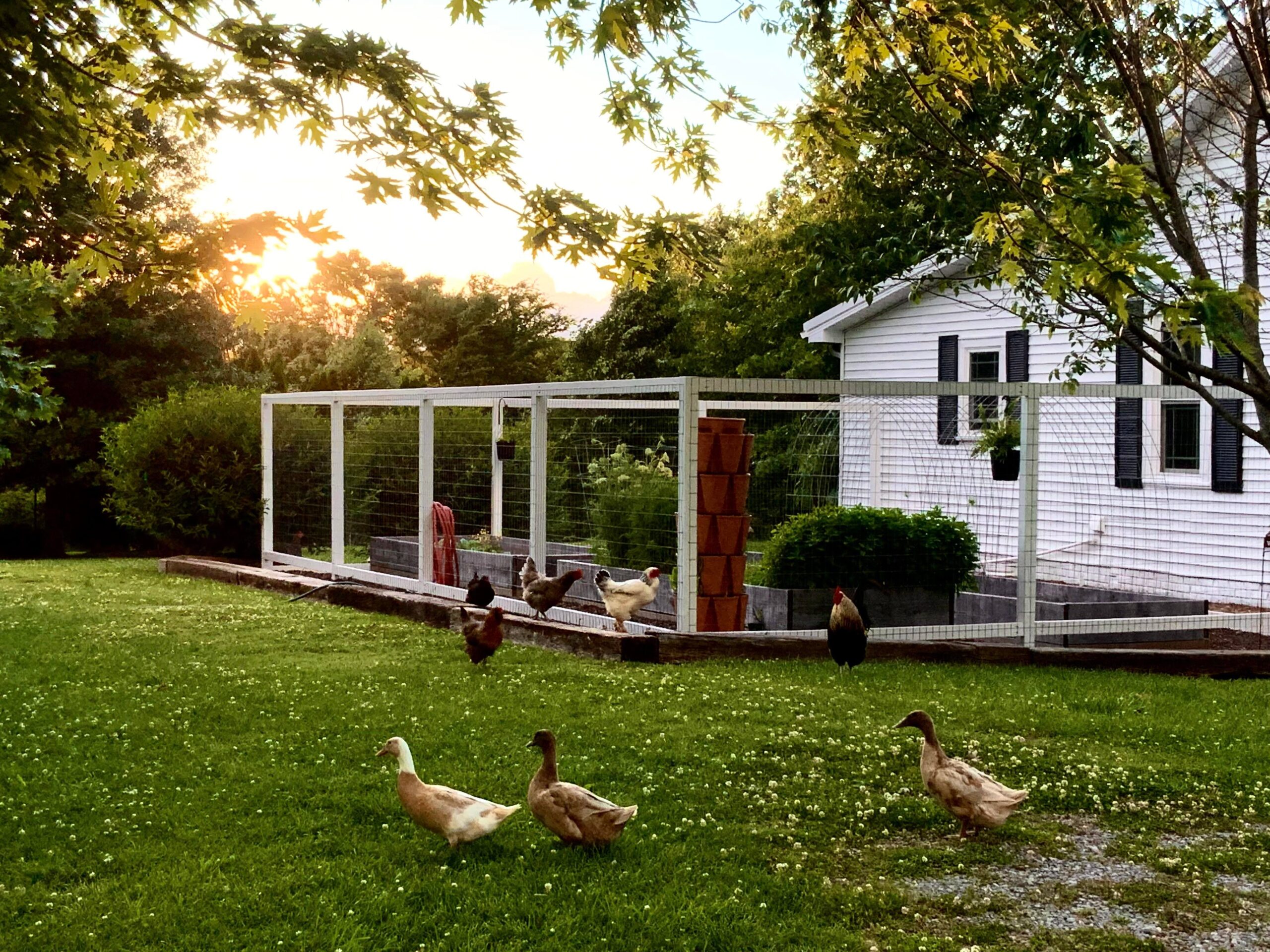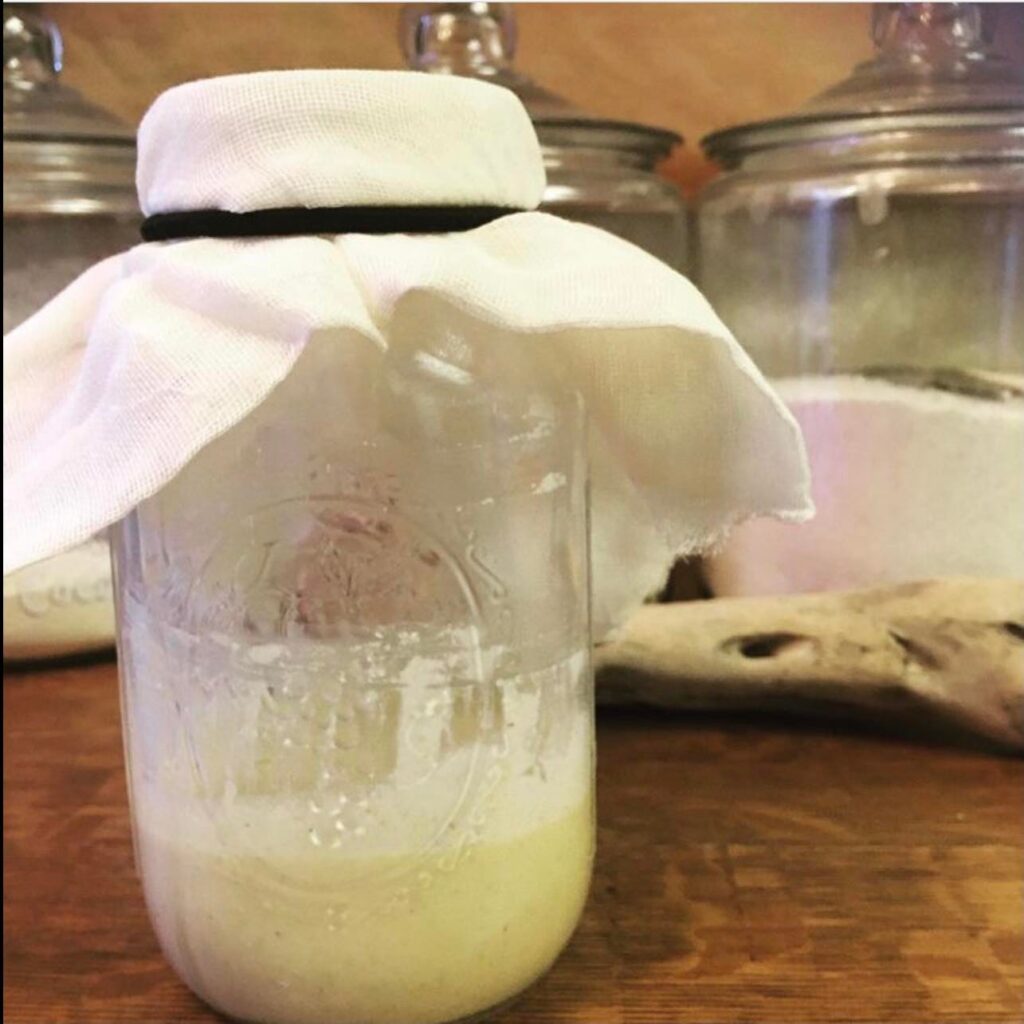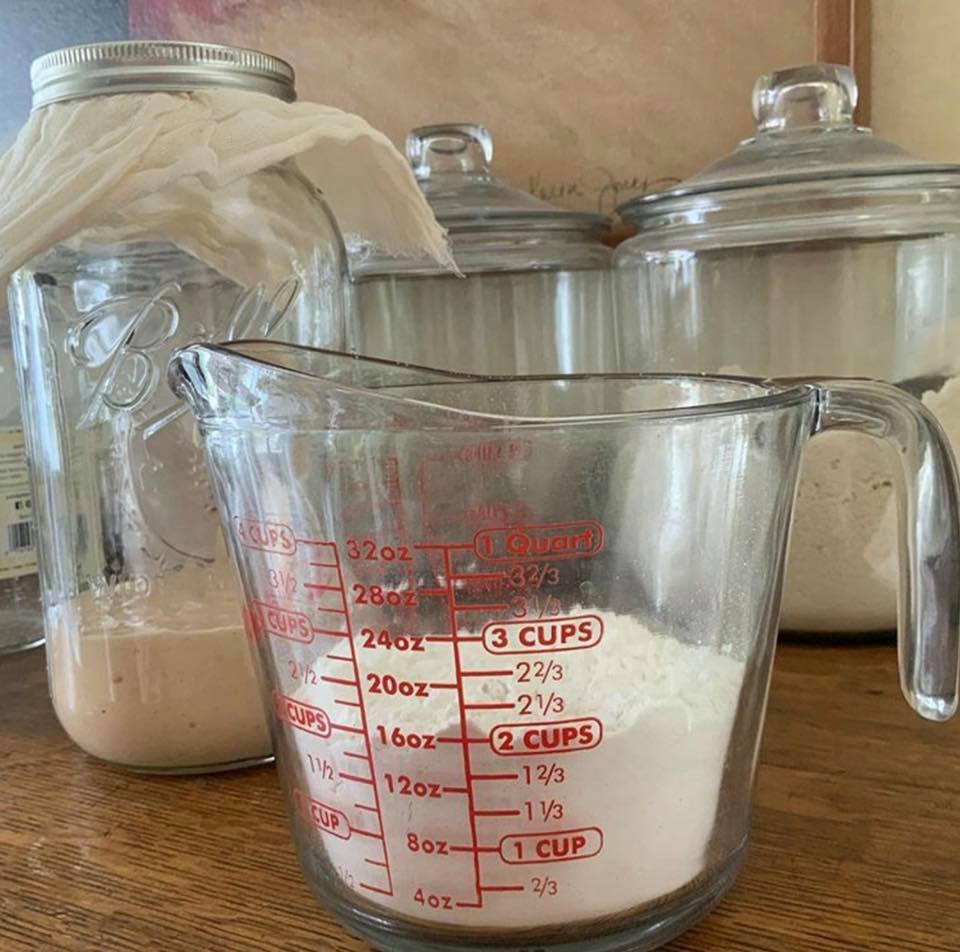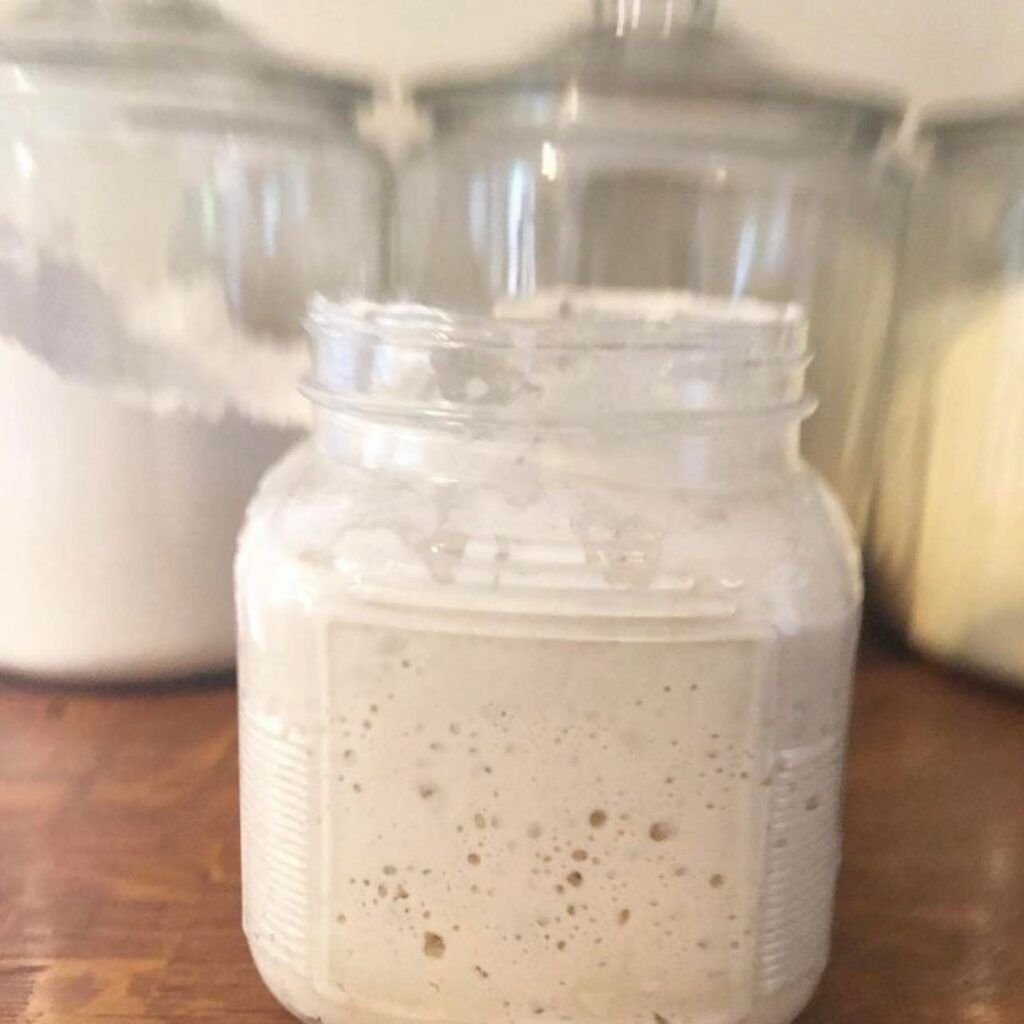It’s that time of year that gardeners everywhere are loaded down with all of that Summer Bounty, so diligently cultivated weeks ago. If you’re feeling overwhelmed by the volume of Zucchini, Squash and Cucumbers like we are, here are 3 creative ways we’re cooking them up.
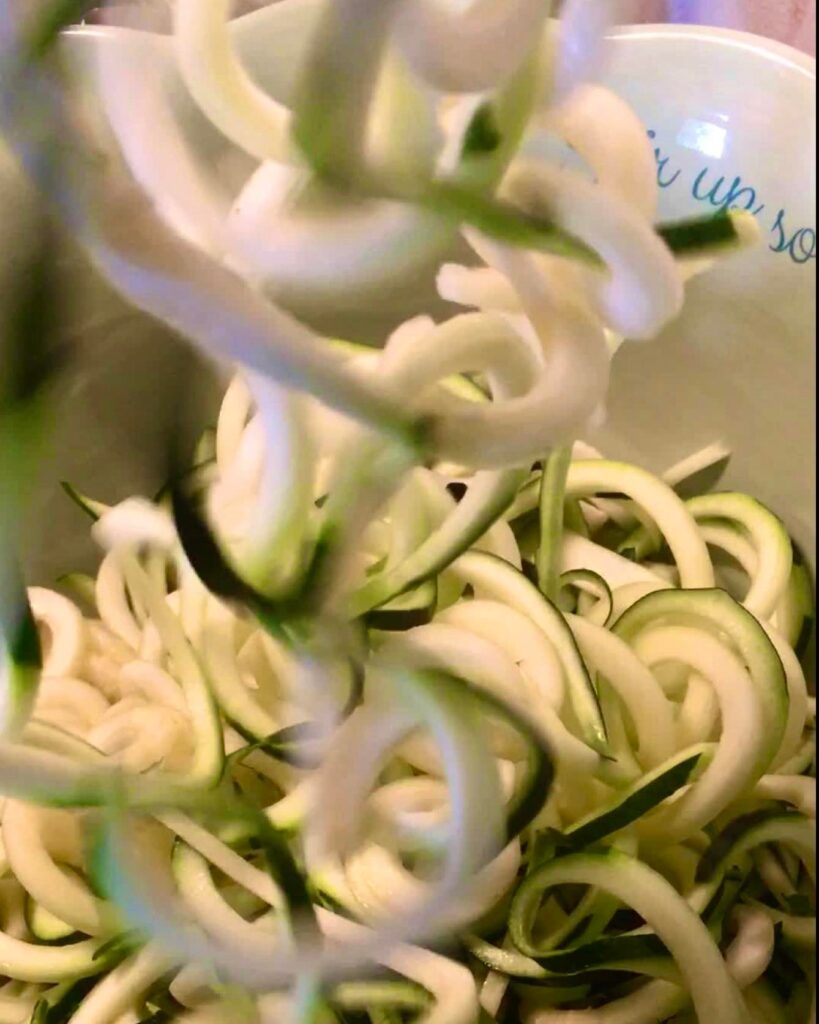
We love to grill outside during the Summer, so we’ve been piling those veggies onto Shish Kabobs! Layering up Onion, Bell Pepper, Mushroom, Cherry Tomato, Pineapple and chunky Zucchini to make a delicious Hawaiian style meal. Paint on some tangy Teriyaki sauce, add to a bed of rice and it’s an instant crowd pleaser!
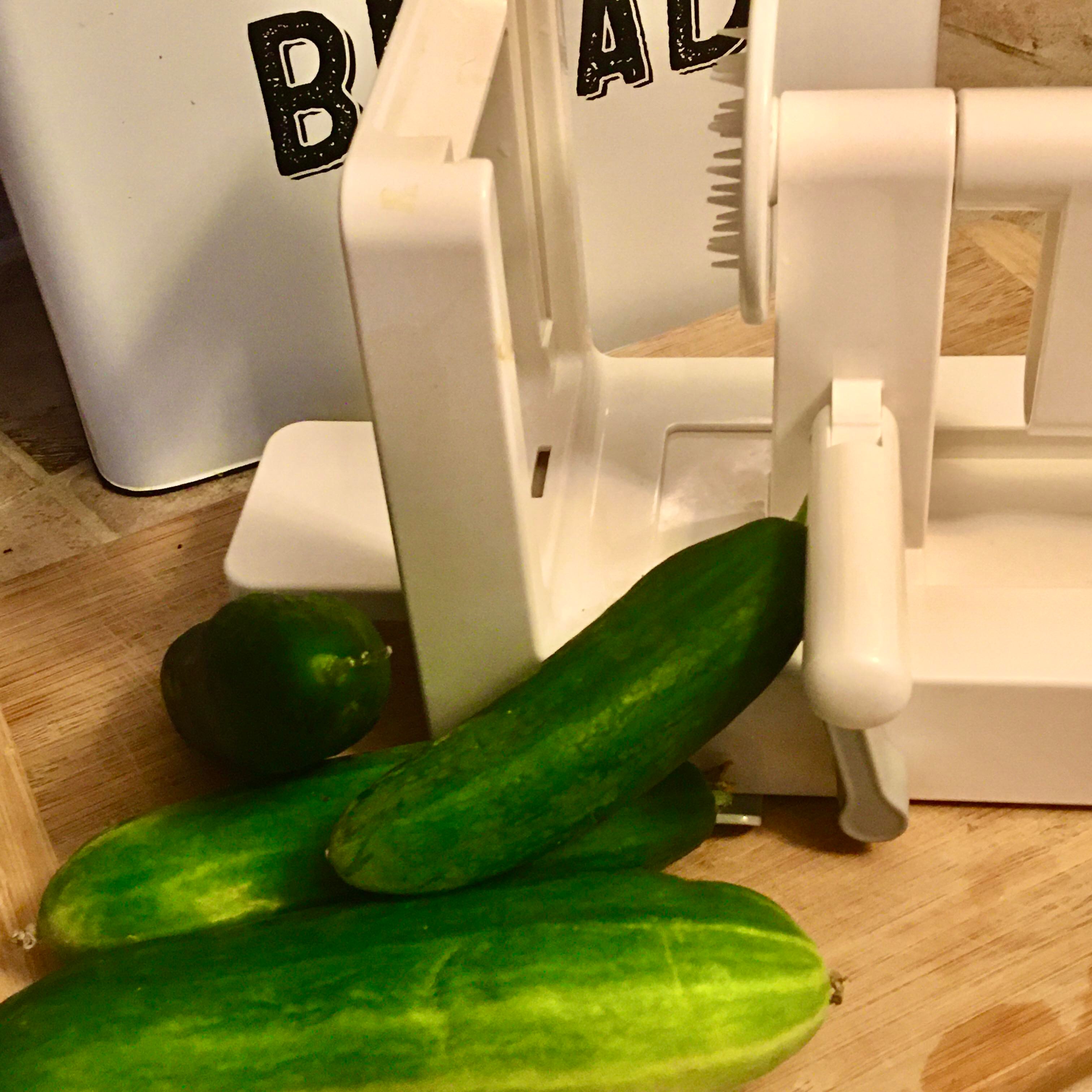
Cucumbers have been coming out of our ears this year, and I can only make so many pickles… This next idea has been so popular at our house, we eat it almost every single day for lunch!
I use the FLAT BLADE of my Spiralizer to create this fun and ultra-thin string of cucumber slices. Mixed with sliced onion, black olives and topped with fresh basil and dill. I finish it off with a splash of apple cider vinegar, olive oil, salt & pepper. – Yum!

The biggest win has been creating these fun tendrils of Squash, sautéed in rich butter with garlic and onions. Adding in a handful of cooked pasta (reserve 1/4 cup of the water to add to pan), halved cherry tomatoes, basil and lemon zest. Topped with freshly grated parmesan cheese, THIS is a weekly staple at our house.
The Spiralizer has been an asset to the Homestead, as we’ve used it for so many different meals, from squash to fruit to many other tuber vegetables. As a plant-based family, we need as many tools as we can find to be creative with our recipes.
We have gotten such an overwhelming response to our Instagram Stories every time I post these meals, I thought this would be a good time to share on the Blog.
I hope you try these out & please let us know which one is your favorite. Bon Appetit!
